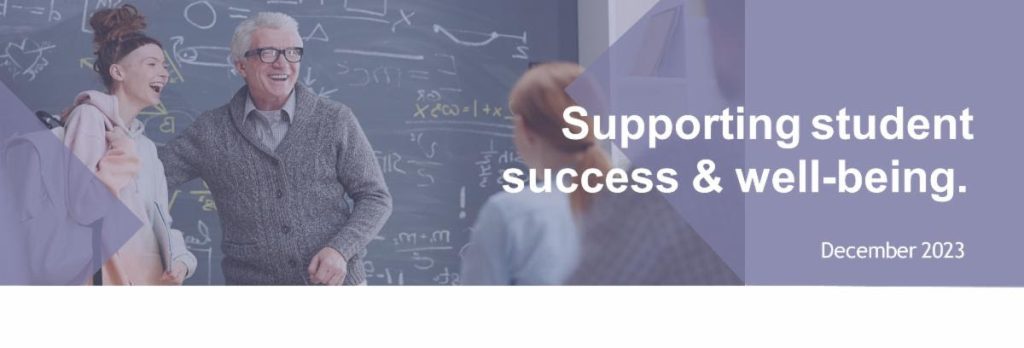
| Laughter has long been known to have the power to alter moods and build connections between people. It is most often connected to good experiences, happy days, and positive interactions with others.Beyond the way laughter can make students feel, it also has the unique ability to help students learn and remember important concepts. This happens because students can connect classroom information to a positive learning experience in their minds that is easier to remember and reconnect with in the future. This is especially valuable during occasions when that information needs to be recalled by students to demonstrate comprehension. So how do you apply laughter to the classroom environment? As an instructor, your role in the classroom is not to entertain your students, but to educate them. There’s no expectation that you’re going to approach your class material in the same way a comedian prepares for a staged performance. However, by adding humor to the classroom environment, you can create humorous moments that promote student engagement and help to emphasize key lesson concepts that your students need to learn. Laughter comes from humorous experiences. Witnessing an unexpected interaction, hearing an unusual sound, or having a moment occur that was unanticipated can often be seen as humorous for how it breaks the expectation that students have for what will happen during their days. When this occurs, laughter is a common response. Inside the classroom, humorous moments can be planned for and developed by presenting course material in a way that catches your students off-guard, connects with them on a level that isn’t expected, and reinvigorates your students’ learning experiences. Concept You know your course material inside and out. You know the informational beats you want to hit and the concepts that you need to share. Where are the places in your lectures and presentation material that you can add a touch of humor? Is there a particularly dry section that could use a dose of energy? Is there a big idea that needs extra attention from your students? Technique Once you’ve identified the areas where you want to add an unexpected moment of humor, consider what kind of approach you want to take. Do you want to add images, videos, or animated GIF files to your presentations? Do you have a humorous story to share that’s connected to a part of your lesson? Do you have a fun exercise that your students can participate in that will explore key concepts in a humorous way? Consider the subject matter and the engagement level of each class. Some topics may simply not pair well with humor. Some classes may have a better response to a quirky video presentation, while others respond to activities that allow them to participate in ways that contribute to learning. If something isn’t working, take it out and try something new. Experiment with different elements and approaches to see what creates the most positive and rewarding response. Moderation Using humor in moderation is critical. If you use too much of it, it becomes expected and weakens the experience. The goal of moderation is to avoid disrupting and disengaging your students. Carefully choosing when and where to apply humor—especially reserving it for the big ideas you want your students to leave your classroom knowing—will have the greatest impact. |
| WellConnect provides confidential consultations with a licensed professional for faculty and staff regarding student problems or concerns. In addition, our team is available to discuss behavioral and classroom management issues. If a student comes to you with a situation and you’re not sure what to say, please call our 24/7 FAST-Line at 844-208-7070. The FAST (Faculty Administrator Support Team) Line can be a valuable resource for navigating complex, sensitive or high-risk student situations. Our counselors will consult with you on the situation and help you develop a plan to assist the student. Of course, you can give the student the WellConnect student number, 866-640-4777, and encourage them to call, or even dial the number and hand the student the phone in a location where they will have privacy while talking to a WellConnect counselor. Working collaboratively, we can help students achieve their personal, educational and career goals. |